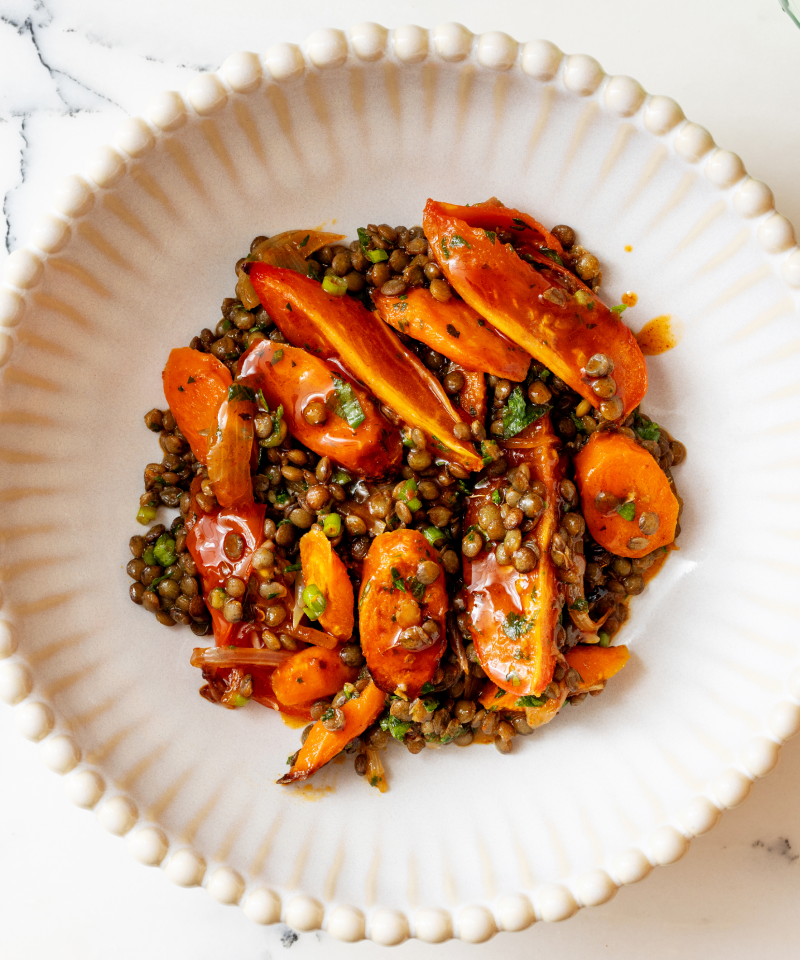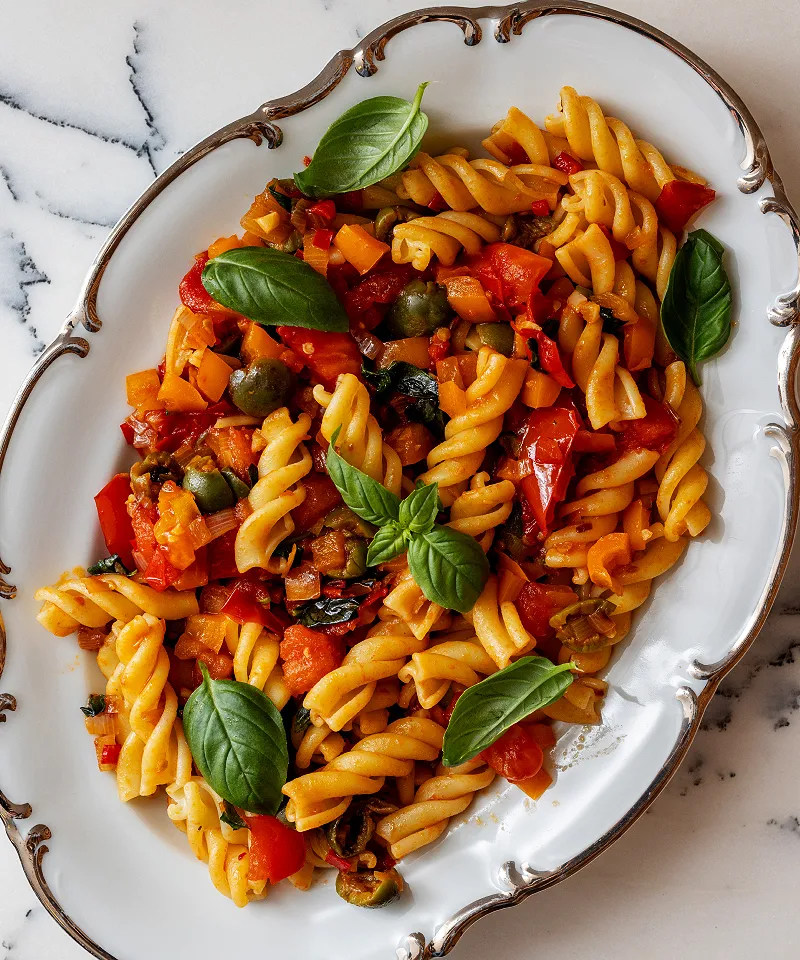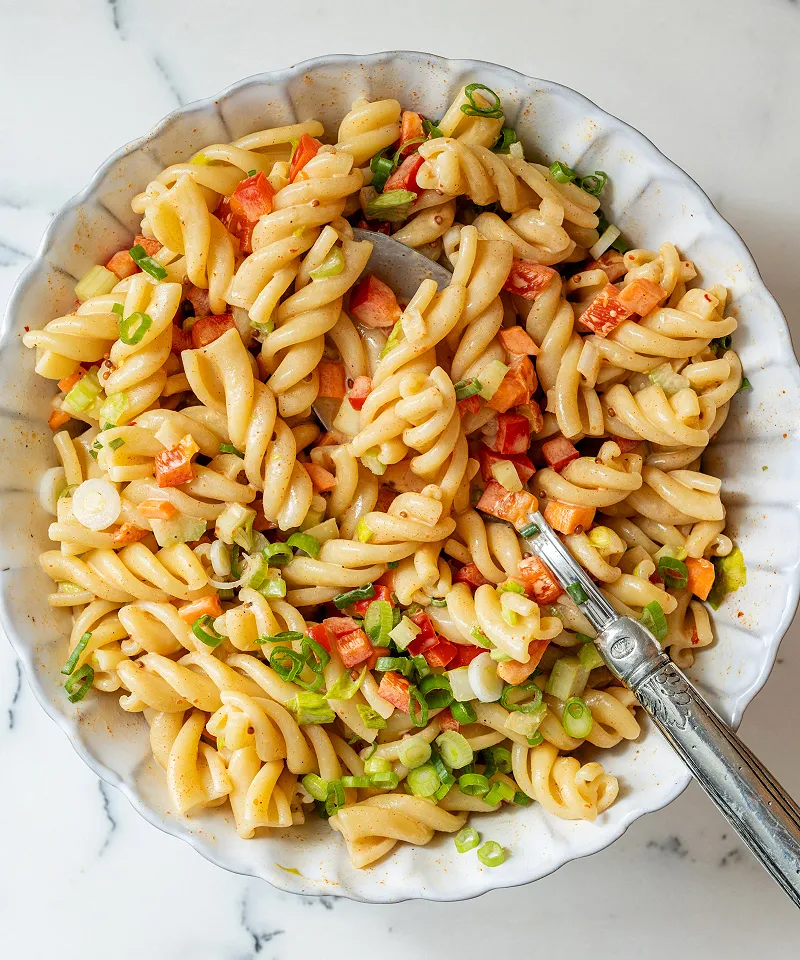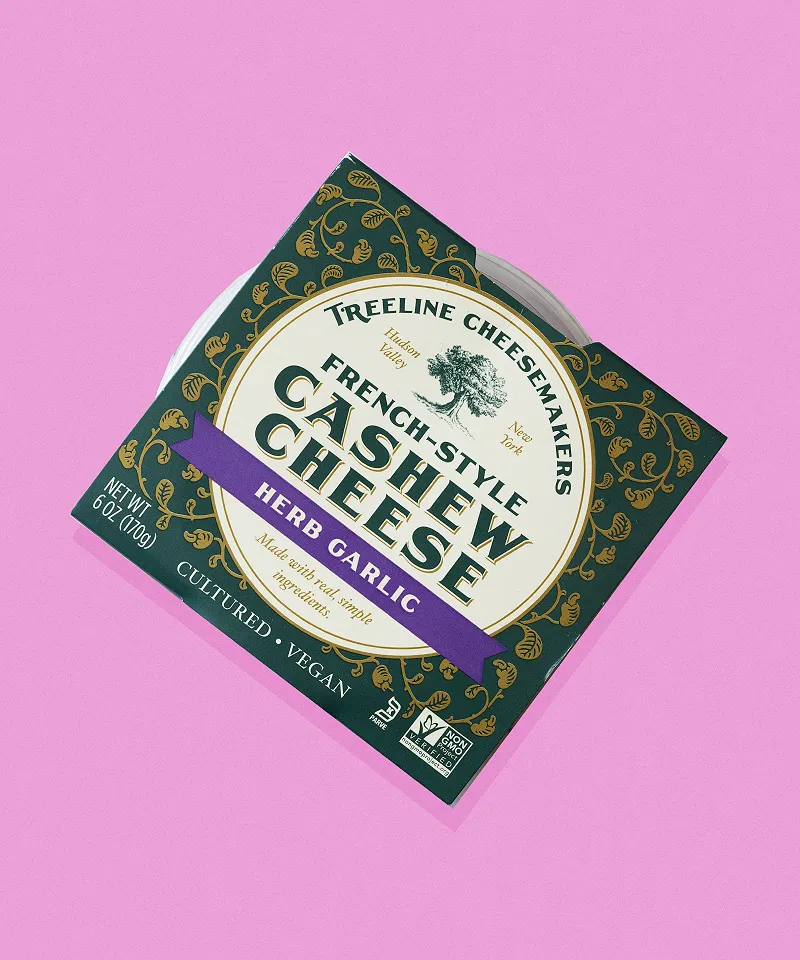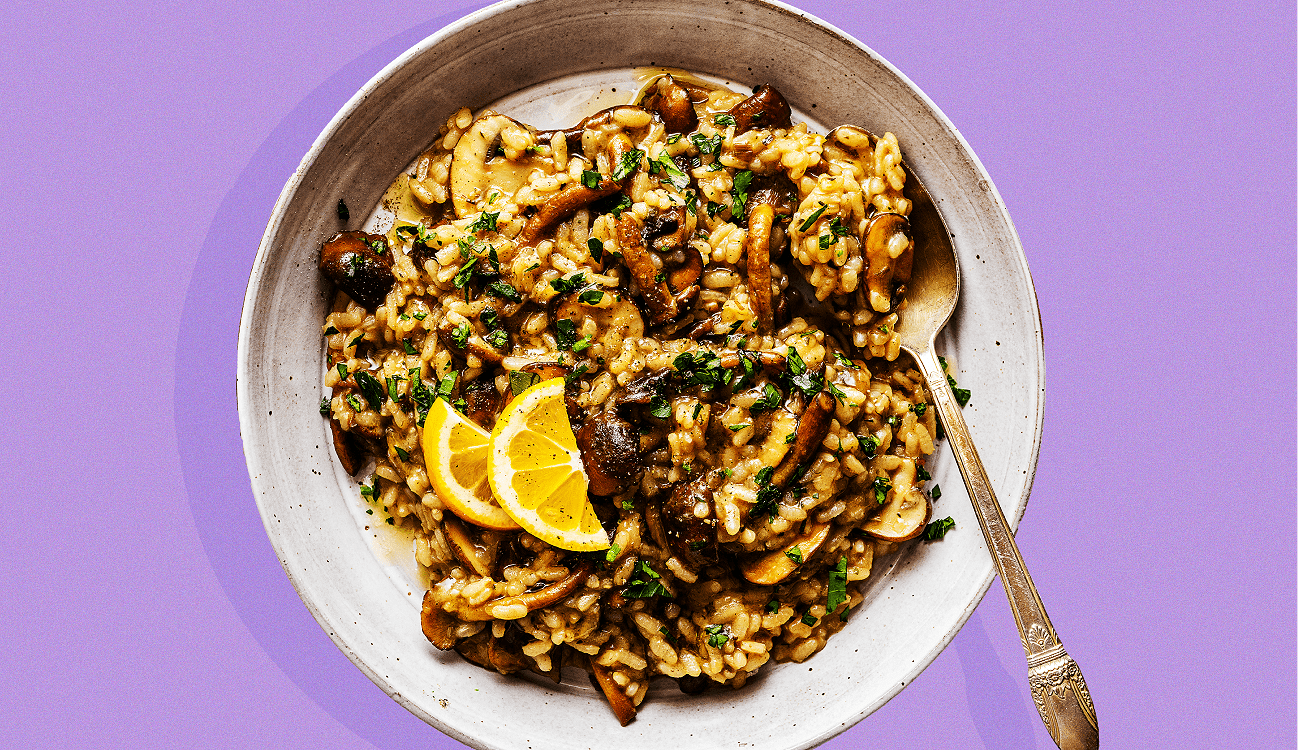Most people (me included 🖐️) think that becoming vegan is a sprint, where getting to the destination–a utopic vegan land as fast as possible–is the only end goal. But, three years into my own vegan voyage, and I now know the truth: it’s actually a marathon where the journey (bumps and all) matters more than the destination.
Even after you’ve decided to switch to a plant-based diet, it can be hard to know how to make this a sustainable lifestyle change instead of a short-lived phase. This is especially true if you love meat and cheese, which is probably why you’re here in the first place. (Hint: it’s not as daunting as it seems.)
The ethos of Exploring Vegan is rooted in a simple guiding principle: becoming vegan doesn’t have to be an all-or-nothing affair. Whether you’ve decided to jump feet-first into the lifestyle by being vegan 100% of the time, or just want to dip your toes in it and reduce your meat intake once a week, hop on! I’ll walk you through 7 easy tips on how to kick-start your vegan journey
1. Write down your “why” behind going vegan
And tack it on to your kitchen wall or some other prominent place where you’ll be able to read it every day. Because, when the craving hits–and believe me, it will–you’ll need reminders about why you started on this path (and why it’s important for you to stick with it).
Take me, for example. My primary driving force behind going vegan was reducing my carbon footprint and saying no to animal cruelty. So, when I hopped on the bicycle (hello, sustainability!) to Vegan Land, I wrote down no fewer than 10 reminders and stuck them all over my house (including one to my grocery list app so that I wouldn’t be tempted to ‘cheat’ at the grocery store). They ranged from stats (“Vegan diets reduce GHG emissions by 75%!) to stern reminders (“Remember the factory farming videos you saw?”) to the benefits I observed (“You feel so much less stressed now”).
And guess what? They worked! Whether you seek better health, care about animal and environment welfare, or simply don’t want to eat as much meat, write down tiny reminders to tide you over during your weaker moments.
2. Do your homework on how to be vegan
Going vegan is like riding a bicycle; you need to learn how to do it right if you want to stay on it. In other words, plan out your vegan journey properly.
Here are some things you need to familiarize yourself with:
- What is and isn’t vegan
- Animal products and by-products to watch out for, as they can often hide in unsuspecting places
- Vegan alternatives for foods you love, such as bread, milk, eggs, and so on
- How to read food labels and identify whether they are vegan or not
- How to keep your vegan meals nutritionally balanced and healthy, because you’ll be saying goodbye to meat, your main source of protein and omega-3
- Best grocery stores and markets near you to shop vegan
- Cafes and restaurants nearby that cater to a vegan diet
Arming yourself with this knowledge will make your transition to this new lifestyle that much smoother!
Curious about a vegan product you picked up at the grocery store? Check out Exploring Vegan’s reviews to get the down-low on its taste, ingredients, and everything in between.
3. Swap one meal a week with a vegan dish
This is also code for ‘go slow instead of quitting non-vegan foods cold turkey.’ Trying to quit all animal-based products all at once will leave you feeling lost in the sauce of veganism, making it more likely for you to give up. But, hey, if you’re one of those superhumans who can become vegan overnight and stick to it, go for it (and please tell me your secrets).
But if you’re a regular, boring human like me, start small by swapping one meat dish a week with a protein-rich vegan one. (Check out Exploring Vegan’s vegan recipes for inspo). Once you’ve phased out meat from your diet, gradually move on to cutting out dairy products. However, going vegan doesn’t mean you have to give up entirely on your favorite foods; you just have to find vegan alternatives for them, instead. For example, replacing cow milk with oat milk.
Find a few vegan meals that you absolutely love, make sure they satisfy all your nutritional needs, and add them to your regular weekly rotation. Over time, you can move on to swapping two or three non-vegan meals a week with your favorite vegan alternatives. The goal here is to build up your arsenal of easy-to-make vegan recipes that you can whip up any day of the week.
4. Make fruits, veggies, nuts, and lentils your best friends!
By cutting out meat from your diet, you’ll strip away your main source of proteins, omega-3s, iron, and other vitamins. If you don’t compensate for this loss, your body will take a hit, and you may find yourself feeling exhausted all. the. time.
Here’s where veggies, fruits, nuts, and lentils truly shine. Not only are they excellent sources of some much-needed proteins, vitamins, and minerals, they’re also rich in fiber, so your tummy will feel full and satisfied. Here’s a general rule of thumb: stack your plate with produce spanning all the colors of the rainbow.
However, some essentials like vitamins B12 and D and omega-3 fatty acids are hard to come by in plant-based diets, so you might need to take a daily supplement for these. Get recommendations from a registered dietician or your GP and make them part of your routine.
5. Get into meal planning
Here’s a disclaimer about going vegan that people don’t often tell you: it’s hard to just “pick something up to eat on the go.” You never know where animal derivatives are hiding, and this can lead to a lot of anxiety. For the first few weeks after going vegan, I used to be constantly stressed about the vegan-ness of products every time I filled my grocery cart. I would fall into a rabbit hole of researching every single ingredient, and that just isn’t sustainable.
The obvious solution is meal planning. Set aside one day out of the week, say Sundays, for planning your meals. Start with simple vegan recipes and slowly move on to experimenting with new foods and flavors. Soon, you’ll have a nice repertoire of vegan recipes under your belt!
6. Don’t be afraid to ask for help!
Becoming a vegan can be a big lifestyle change. It’s a path that can leave you feeling really lonely and confused, and dredge up some complicated feelings. Eating is often a communal experience, so it can be difficult to feel like the odd person out during family meal times or at gatherings.
But the good news is that you don’t have to walk this path alone or try to figure everything out by yourself. There are so many online communities and resources (like ours) chock-full of like-minded individuals to hold your hand through this journey.
Early on in my own journey, I was lucky enough to stumble upon a small group of vegans on Twitter. Some were newbies, some were experts, but all of them were super supportive! I wouldn’t have made it this far without bouncing off tips and anecdotes with them. So, connect with other vegans–either online or in person–and remind yourself that it’s okay (and even encouraged) to ask for help!
7. Be kind to yourself
This is probably the most important tip on how to be vegan, and something that a lot of us struggle with: compassion towards ourselves. Becoming vegan is a journey, and you most likely will fall off the wagon sometimes (as did I).
But beating yourself up for being imperfectly vegan isn’t going to do anything (other than make you feel worse). Even if you give in to your cravings and break your streak, accept it and tell yourself that it’s okay. Drop the all-or-nothing mindset, because every step counts, no matter how tiny.
I’ll let you in on a little something I read that helped me immensely. It was an affirmation that said, “Don’t miss twice in a row.” Now, what does this mean? If you miss your vegan streak on, say, a Saturday, don’t repeat the same on Sunday. Don’t miss twice in a row. This is a wonderful affirmation that prioritizes consistency over perfection. And we all know that consistency is the key to any lifelong change, right?
Have any other favorite tips that you swear by? Let me know in the comments below!

